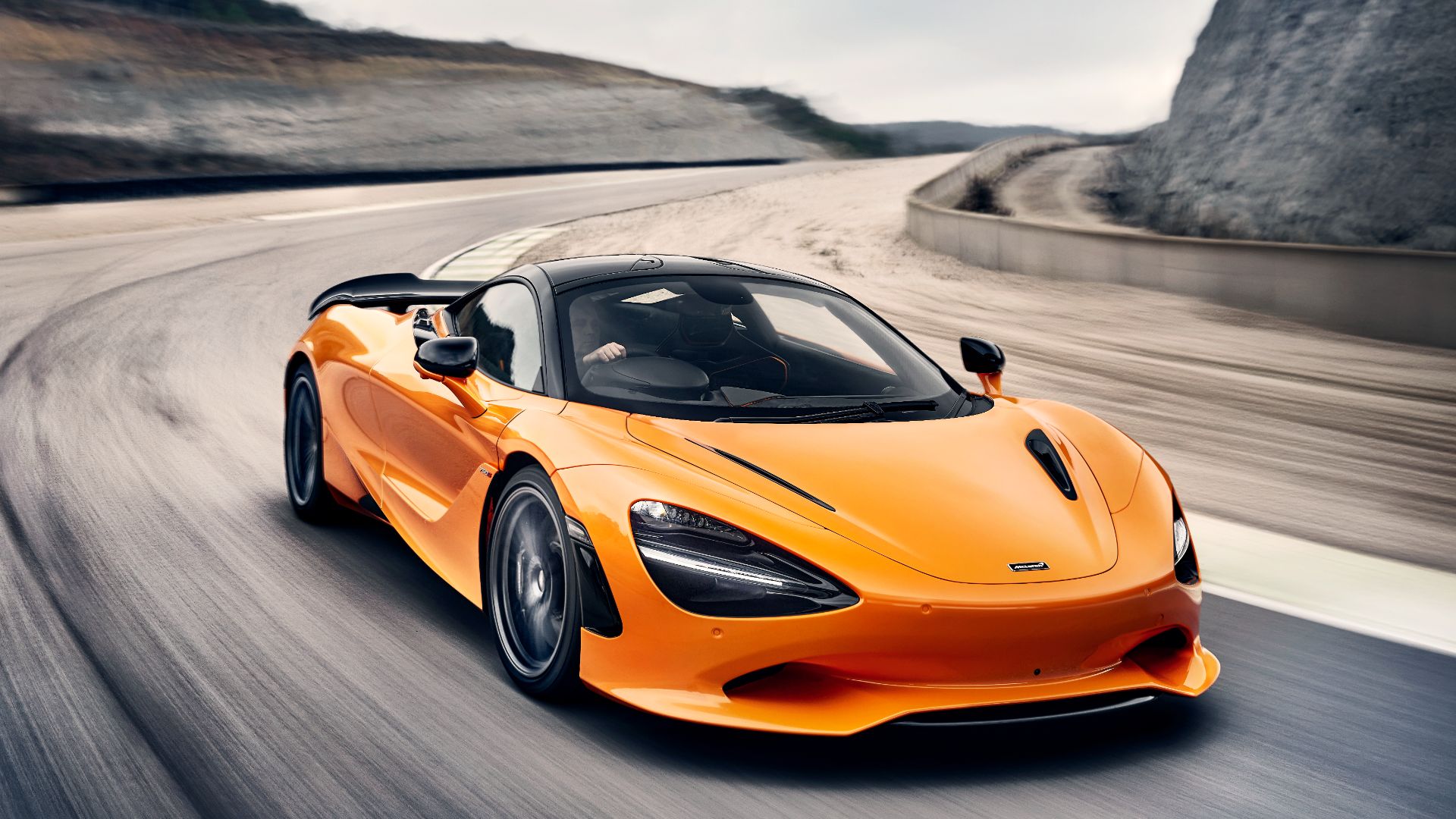
Michael Leiters has been shaking things up at McLaren. The new CEO left his role as chief technology officer at Ferrari last summer, upping sticks from Maranello to Woking. One of his first decisions was to halt production of the just-launched Artura until its quality problems had been fixed.
Leiters is a details man, then, and the 750S – the first new McLaren developed under his watch – is all about the details. It might look similar to the 720S it evolved from, but 30 percent of the car is all-new, including upgrades for the engine, chassis, interior and infotainment.
The lightest and most powerful series-production McLaren ever, the 750S also promises a greater emphasis on ‘engagement and fun’. We’ll be driving it in September, and first deliveries start soon afterwards. In the meantime, we visited McLaren’s futuristic HQ to get the full lowdown. Read on for those all-important details…
Light speed
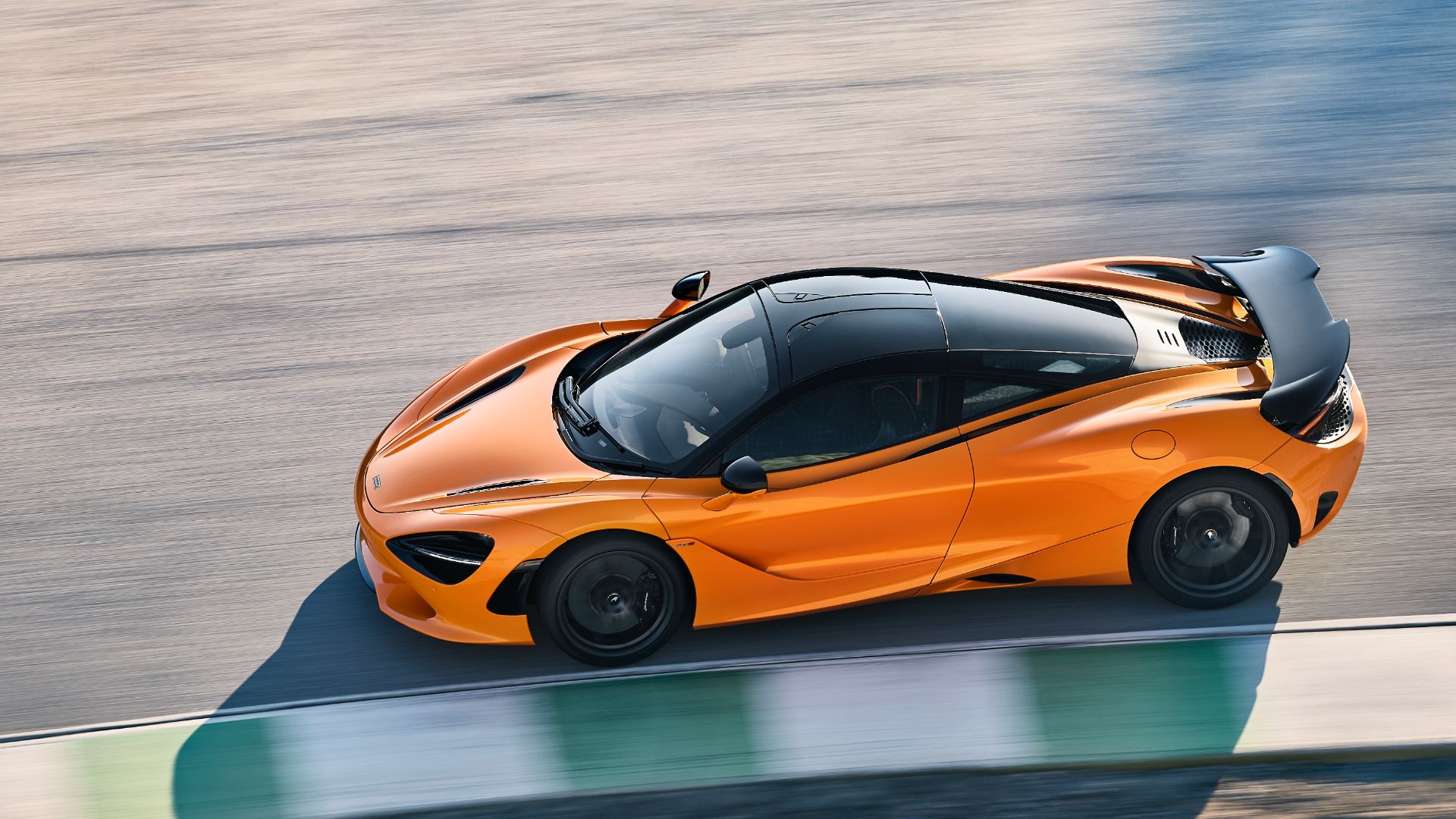
The headline stats are 750hp and a DIN kerb weight of 1,389kg – plus 30hp and minus 30kg versus the 720S, respectively. That gives the McLaren a better power-to-weight ratio than the car it was benchmarked against: the Ferrari 296 GTB.
As you’d expect, performance is ferocious. The 0-62mph sprint takes 2.8 seconds, 124mph passes in 7.2 seconds and – for any American readers – a standing quarter-mile is dispatched in 10.1 seconds. Top speed is 206mph.
There’s also a Spider version, with a retractable hard-top that opens in 11 seconds at speeds up to 31mph. Prices will rise around 10 percent, which means a starting figure of £240,000 – or £40,000 more than the Artura.
‘For the purist’
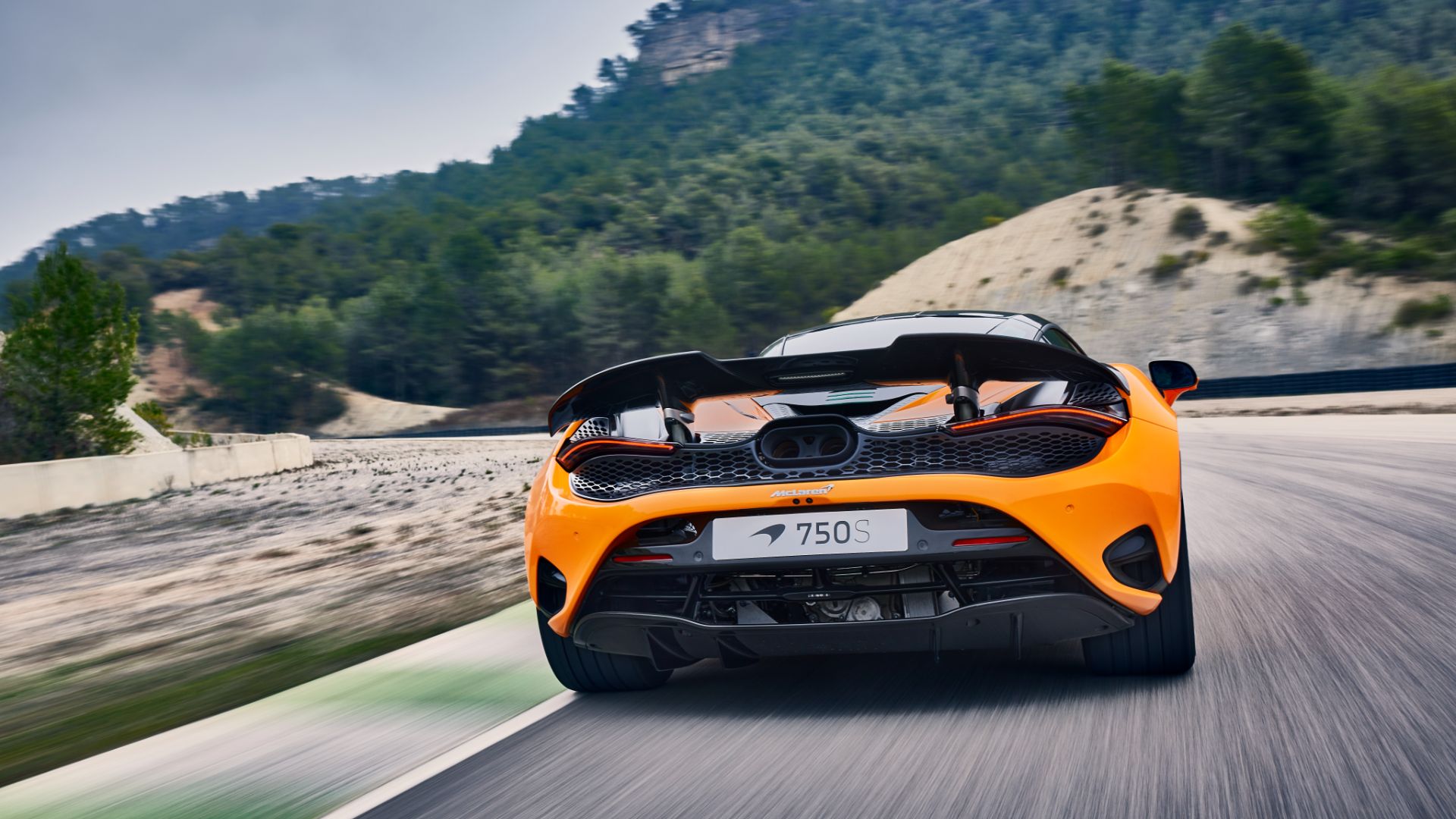
A key difference between the Artura and 750S is the latter car doesn’t have any plug-in hybrid tech. While the Artura combines a 3.0-litre V6 engine with an axial flux electric motor, the 750S relies solely on McLaren’s venerable ‘M840T’ V8. “This car is unashamedly for the internal combustion engine purist,” says head of PR, Piers Scott.
The twin-turbocharged 4.0-litre V8 gains increased boost pressure and a higher-flow fuel pump, along with lightweight pistons from the 765LT. Alongside that 750hp output, torque is up 22lb ft to 590lb ft (800Nm) at 5,500rpm. There’s also a shorter final drive ratio for the seven-speed paddle-shift transmission
A new centre-exit sports exhaust inspired by the McLaren P1 is lighter and louder, delivering ‘a greater crescendo at high engine speeds’.
Like a Longtail
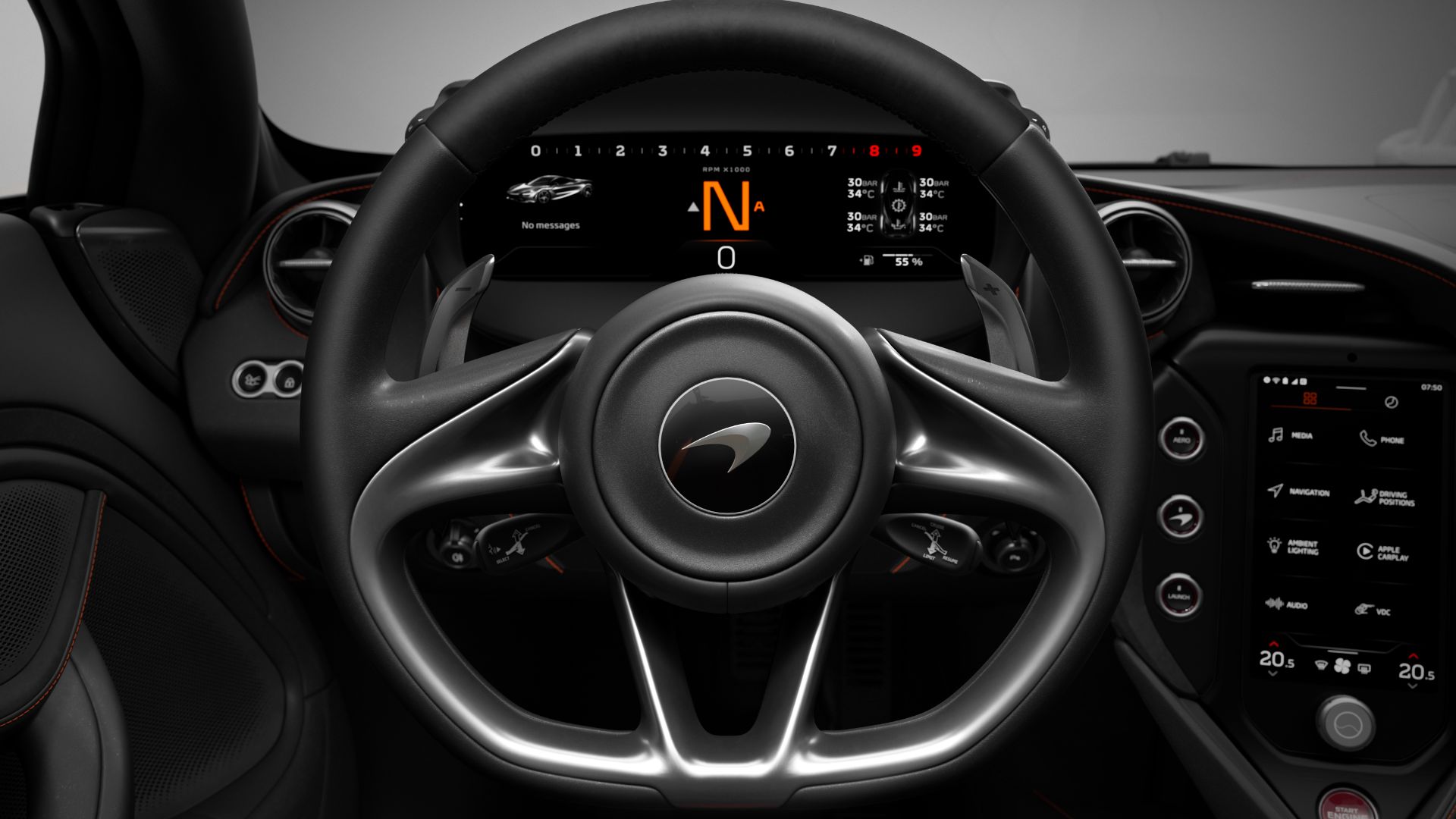
The 750S isn’t just faster – it should be more engaging to drive, too. Drawing comparisons with McLaren’s track-focused Longtail (LT) models, Jamie Corstorphine, director of product strategy, says it offers “a significant degree of ‘Longtail’ agility, feel and feedback, while ensuring that comfort and usability are not compromised”.
The car retains the carbon fibre Monocage II-S chassis and hydraulically linked suspension of the 720S, but spring rates are three percent softer at the front and four percent stiffer at the rear. Front track is 6mm wider, too.
A standard 750S can stop from 62mph in just 30 metres, helped by carbon-ceramic discs and a new brake booster. For trackday fans, there’s a new brake upgrade derived from the McLaren Senna, with meatier discs and monobloc callipers.
Crucially, the 750S still has hydraulic steering – a defining McLaren characteristic – now with a quicker ratio and an upgraded pump to better resist bump-steer. “We will resist electric power steering as long as we possibly can,” promises Ben Gulliver, head of vehicle development.
Socket to them
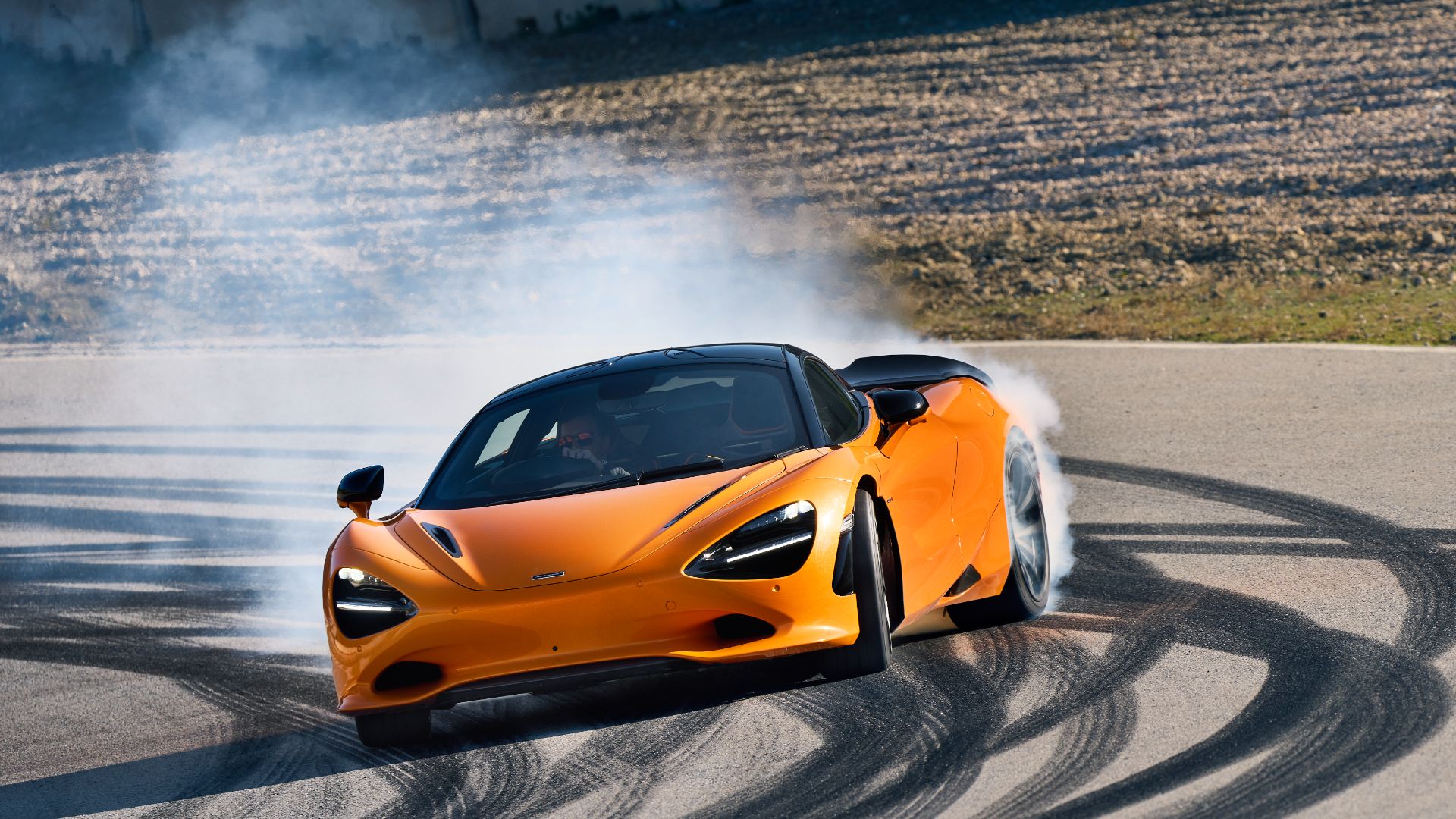
The 720S looked genuinely radical when launched in 2017, so perhaps it isn’t surprising that changes to its aluminium, carbon fibre and composite body are quite subtle. Also, as Piers Scott points out, the familiar styling of the 750S helps protect resale values for the outgoing car.
At the front, you’ll spot a longer splitter and narrower headlight ‘eye sockets’ – now optionally painted in body colour. Both bumpers have also been redesigned and there’s a larger pop-up rear spoiler. Further options include 765LT-style front wing vents and lots of external carbon fibre.
Chief engineer Sandy Holford says the car offers more downforce (“although this wasn’t our focus”) and better aerodynamic balance. And firmly back in the real world, a new nose-lift system takes four seconds, rather than the 10 seconds needed previously, saving time when you encounter speed humps.
Ready to launch
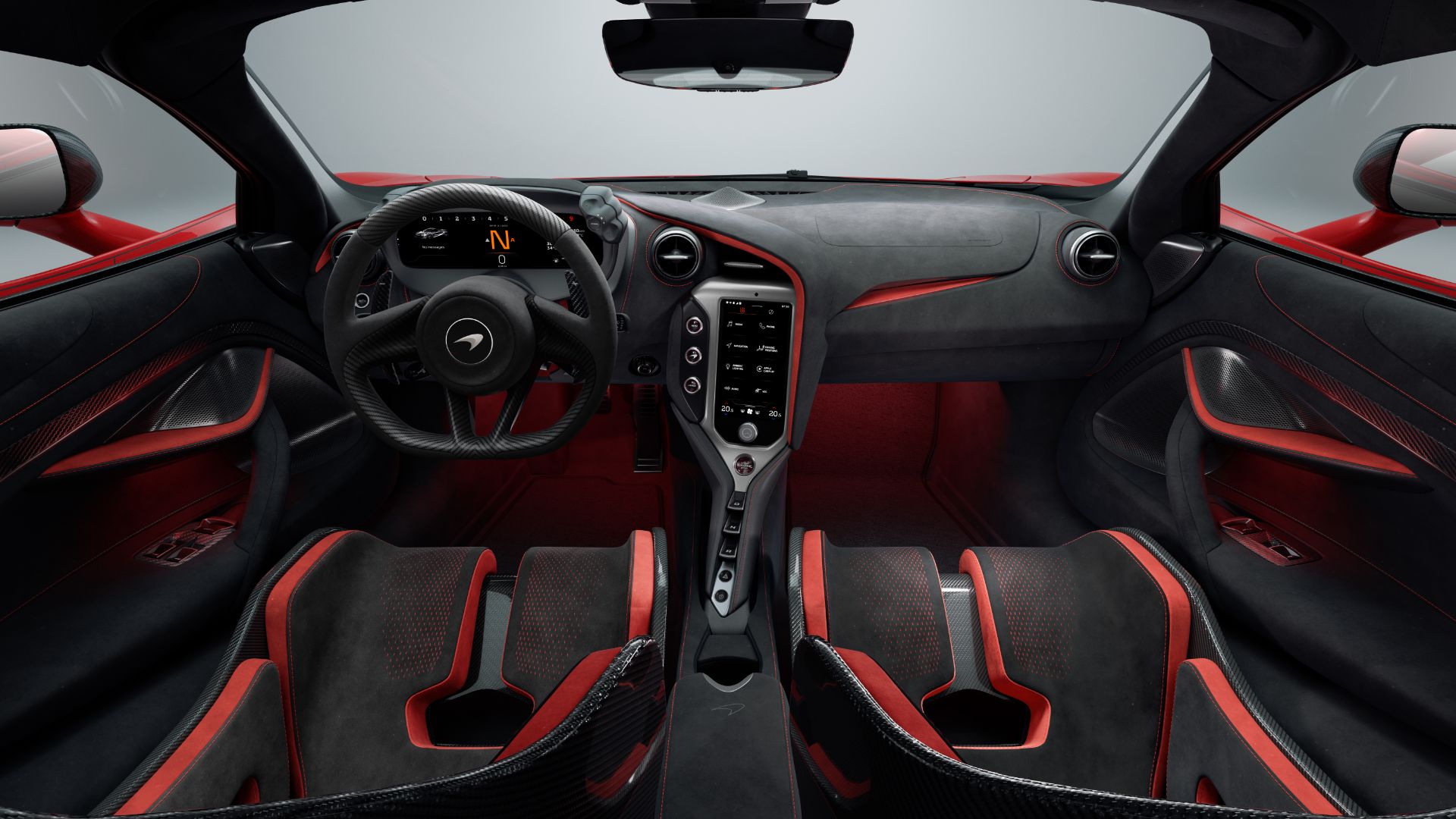
Lift the McLaren’s dihedral doors – which cut into the roof on the coupe – and the interior looks functional and driver-focused. The car we saw had the newly optional hard-shell ‘Senna seats’, but more padded, P1-style chairs are also available.
The ‘Active’ panel on the centre console has been replaced by rocker switches either side of the digital instrument binnacle. Positioned within fingertip-reach of the steering wheel, these allow the driver to toggle between Comfort, Sport and Track modes for the powertrain and chassis. Alternatively, the new McLaren Control Launcher (MCL) button provides quick, one-touch access to your preferred settings.
The portrait-style touchscreen has upgraded software and – praise be! – Apple CarPlay smartphone connectivity for the first time. Android Auto is coming soon, we are told.
Raising the bar
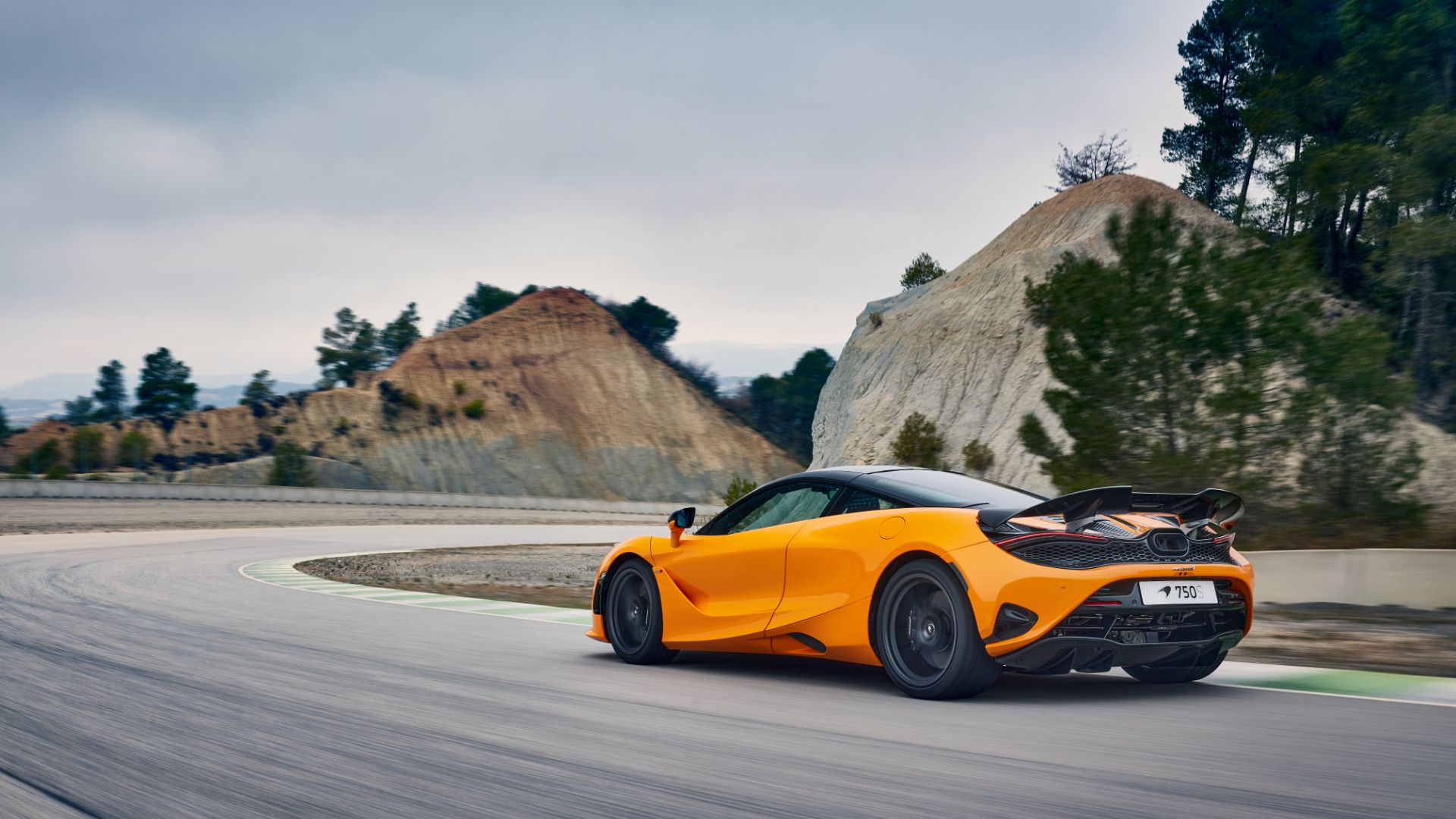
With the sold-out 765LT now out of production, the 750S becomes the flagship of a three-tier range, sitting above the GT and Artura. In some regards, it’s still a McLaren of the old school, yet the 720S – a five-star supercar in our reviews – always offered huge bandwidth, even without the ability to drive on electric power.
“When you have a car recognised by so many drivers as a benchmark, to do something even better you have to examine every detail and really push hard for improvements that raise the bar again,” explains Michael Leiters.
Has the bar been raised high enough to beat the car from Leiters’ ex-employer? We can’t wait to find out.
ALSO READ: